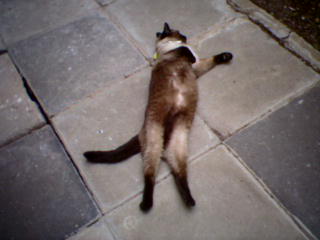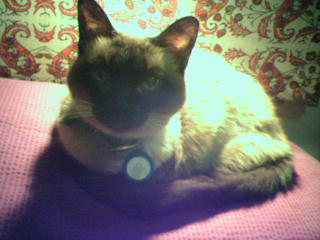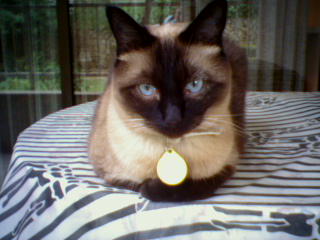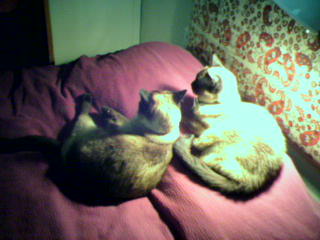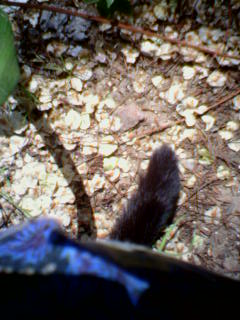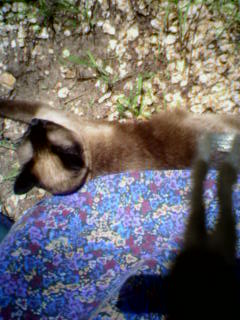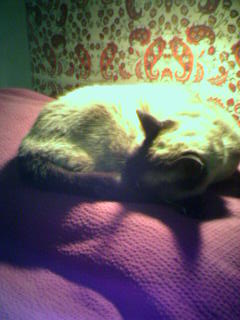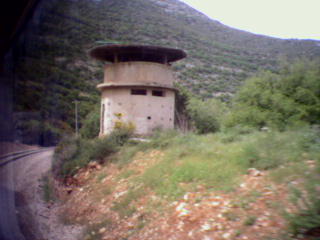What I Did for My Birthday
As my half-dozen readers may have gathered from a recent post, I just had a birthday—a rather significant one, in fact. I confess it: I flipped a digit. Yes, I know that’s a pretty serious thing do to, so I promise to wait ten years before doing it again.
So what did I do to celebrate? A few things.
There’s a wonderful all-you-can-eat meat restaurant downtown called Vaqueiro. It’s a combination South American/South African place. For a fixed price, the smiling, friendly waiters bring out samples of ten different kinds of meat (five if you’re there for lunch), and once you’re done sampling, they’ll bring you as much as you want of whichever kind you request. Once you’re on their database, they’ll send you an invitation for a free dinner on your birthday (and a free bottle of wine on your anniversary).
My friend and I went there a few days before Pessah and had a wonderful time. We were pretty full even before the end, though, and at one point we started laughing when the food just never seemed to end. “What—they’re bringing us more?” we asked each other in disbelief. We could hardly move by the time we left. Moderation? Not that evening!
Another friend took me to Mini-Israel. It was terrific—the models of various buildings throughout the country are exquisite and all the miniature plants are real. There’s even a plant nursery near the entrance where you can buy the same kinds of plants used in the park. (At the Mini-Israel website, click on the link in the upper left corner for the English-language version, and click on the icon of the speaker in the upper right corner to turn off the music.)
We continued my birthday romp with a trip to the new exhibit at David’s Citadel, “Train Tracks to Jerusalem.” It’s a history of the train to Jerusalem from Ottoman times to the present, and highly recommended. (Mind the gap!)
By the way, there are model trains all over Mini-Israel—quite literally—so the train-loving part of me was well nourished. I’m still planning a trip to the Railway Museum in Haifa, though.
(Cross-posted at Israelity)

